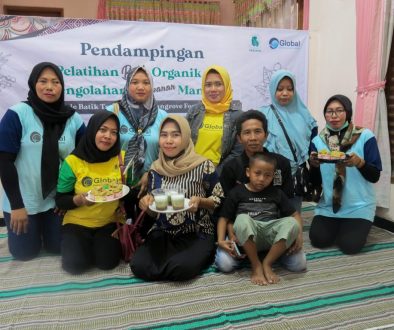Yagasu Attending the Discussion of Draft Local Regulation in The Context of Medan Spatial Planning 2

Medan, February 2021, The existence of mangrove forests in coastal area can function as one of eco-tourism and can function as land to make a living for the surrounding community. One of mangrove eco-tourism in Medan was located in Sicanang. The existence of eco-tourism in Sicanang as a form of tourism development to improve the welfare of the community, especially those who live around the destination area.
Yayasan Gajah Sumatera (YAGASU) Aceh is one of the non-governmental organizations (NGO) that focuses on the planting and restoration of mangrove ecosystems, with the goal of creating environments that foster benefits for the local biodiversity, communities, and the climate. The organization also performs numerous studies designed to further protect the environment and develop local community programs in carrying out these activities.
Tuesday, 23 February 2021, Yagasu attending the invitation by The Head of Medan Parliament to survey Sicanang field, Medan Belawan to review the locations that related to the Discussion of Regional Regulation (Ranperda) Medan, regarding the amendments of Medan Regulation in context of Regional Spatial Planning in Northern City of Medan.
Meilinda Suriani Harefa, as the Program Director of Yagasu in open discussion with community leaders, sub-districts governments, Special Committee Team of Medan Parliament, and Bapeda Team of Medan, conveyed that any spatial change plan that will be carried out must consider several aspects, such as the environment, areas for mangrove forests that have right to live for sustainability, and the ecological needs of the community. The remaining mangroves in Medan are located in Sicanang.
Mangroves area has been grown and guarded by community as during high tide tidal flooding and other benefits. Topography of the area must also be considered with a thick delta so that it requires a good and sustainable spatial design as well as considering the economic activities of surrounding community groups who still depend on the life of traditional fishermen, so they need green space to make a living.




